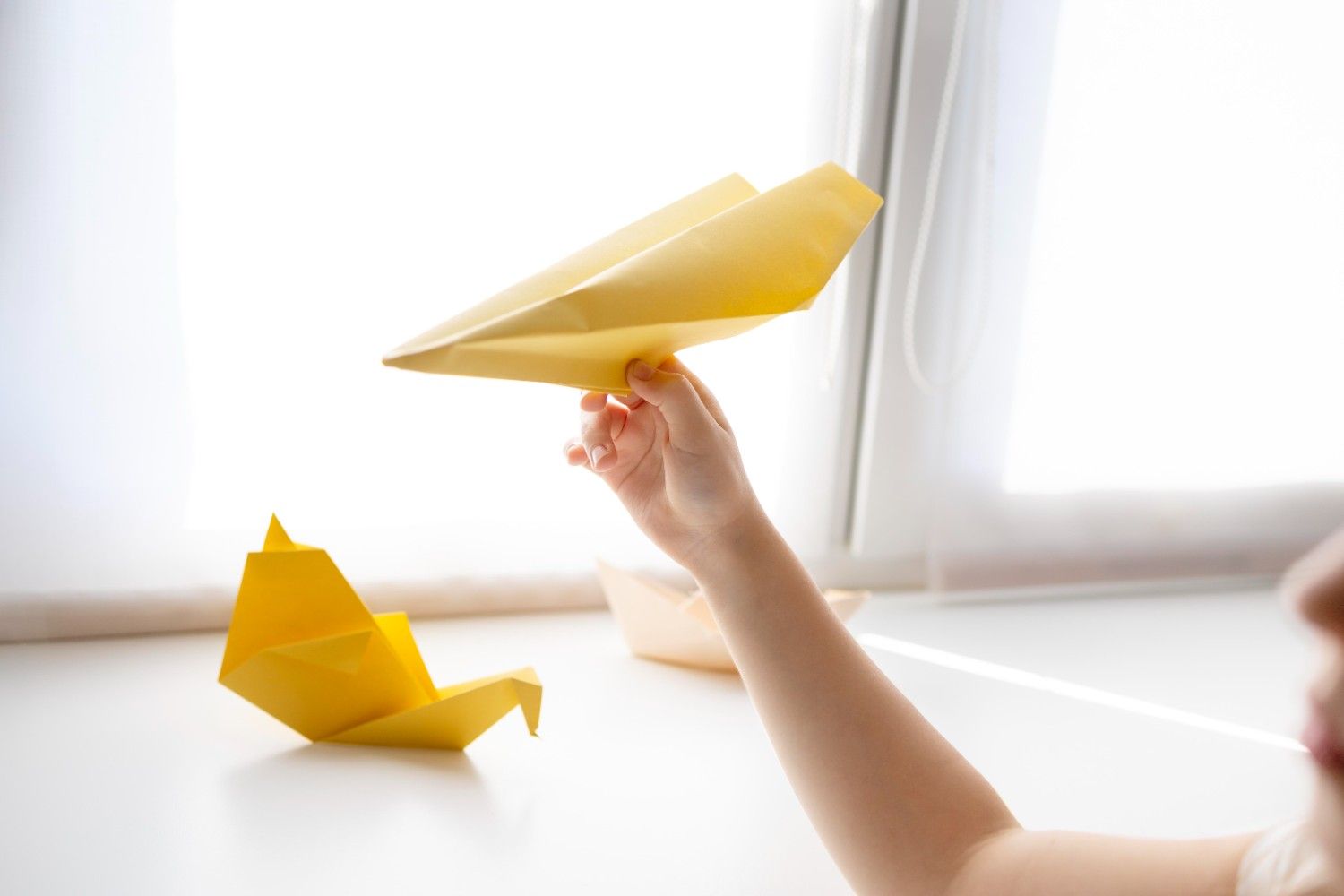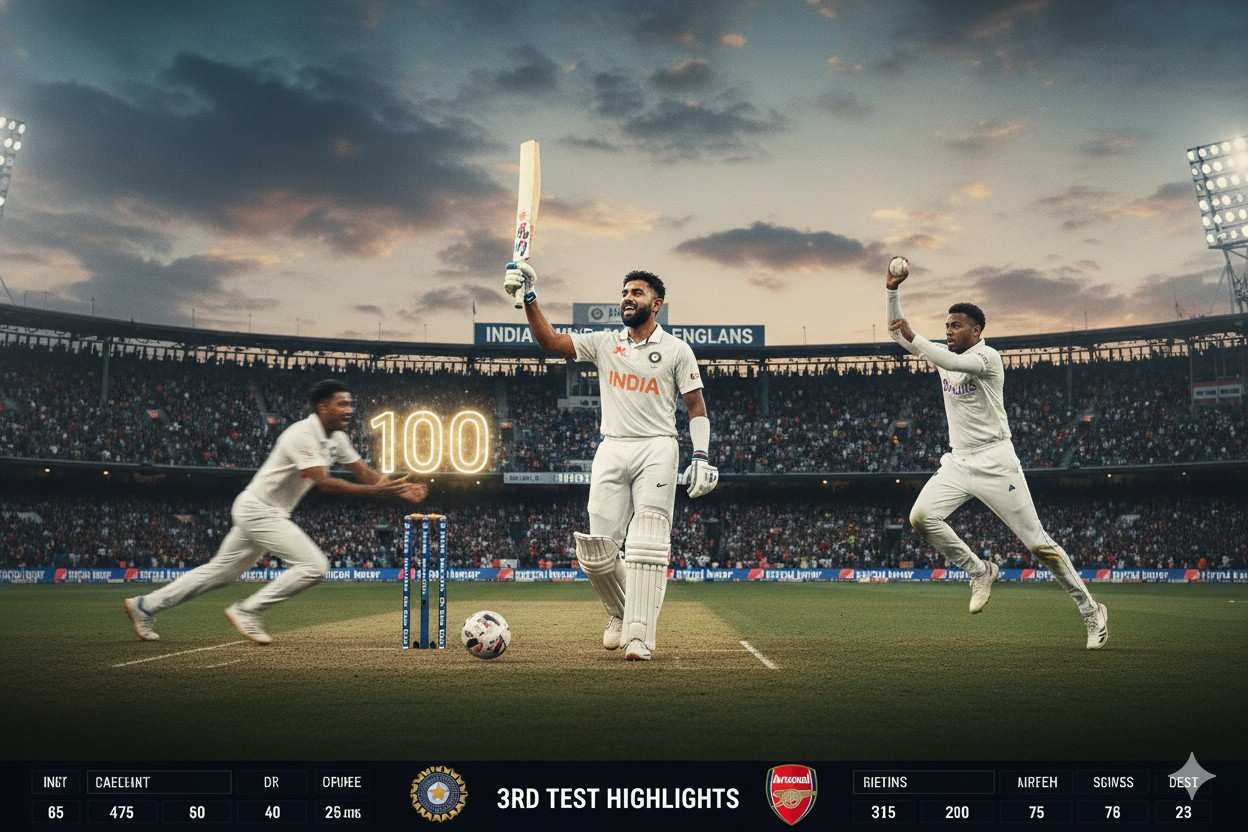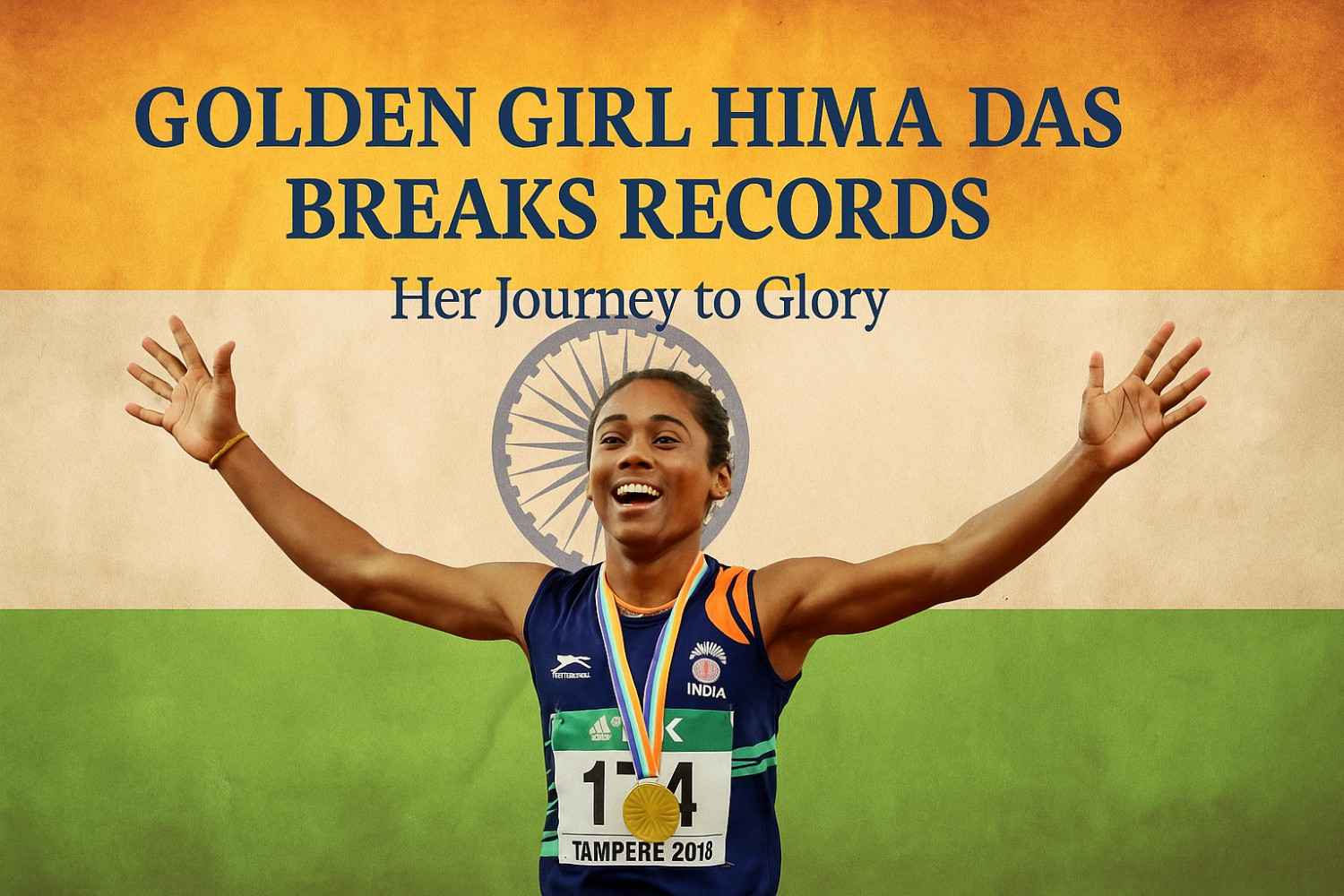Making the perfect paper airplane isn’t just about folding paper—it’s about understanding aerodynamics, balance, and precision. Over the years, I’ve tested countless designs, and what I’ve learned is simple: the “best” paper airplane depends on your goal. Do you want it to fly the farthest, stay in the air the longest, or zip through the air at top speed?
In this guide, I’ll show you how to make the best paper airplane based on your goal, along with pro tips to help you master each flight type.
Understanding the Basics of a Great Paper Airplane
Before diving into folds and launches, it’s important to understand why certain airplanes perform better than others. A good design comes down to three essential factors:
- Symmetry: Uneven folds cause imbalance, leading to turns or stalls.
- Weight distribution: Too much paper at the nose can make it dive; too little, and it stalls.
- Wing shape: Wide wings glide better, while narrow wings cut through the air faster.
If you’ve ever made a paper airplane that veered off course or crashed instantly, one of these three was probably off.
Which Paper Airplane Suits Your Goal?
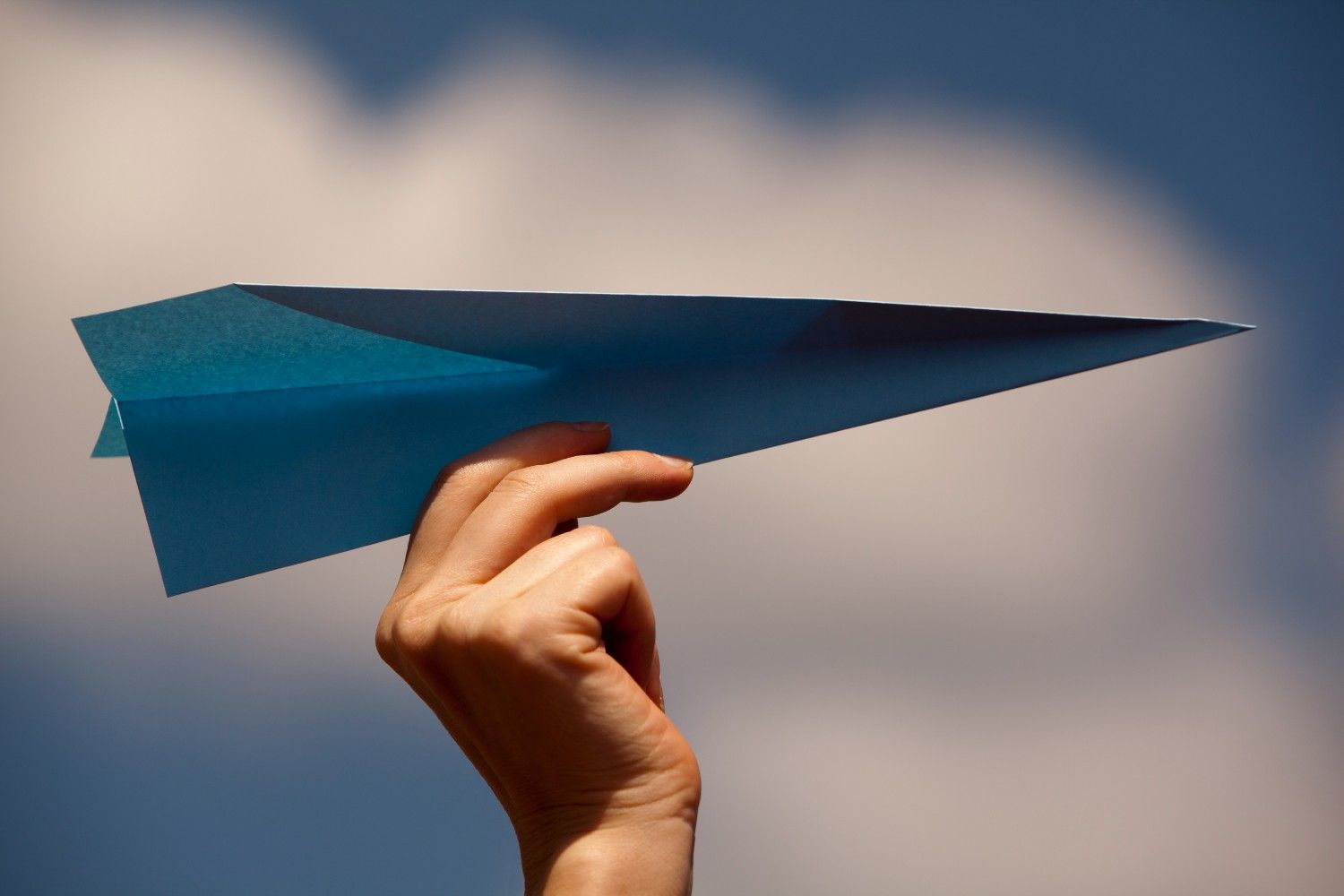
| Goal | Recommended Design | Flight Style | Throwing Technique | Best For |
| Longest Distance | The Bird | Glider | 45° upward throw | Smooth, far glides |
| Longest Time Aloft | Stealth Glider | Slow, stable | Straight upward throw | Long air-time |
| Fastest Speed | Sonic Jet | Streamlined dart | Hard, slightly upward throw | Quick, direct flights |
Each of these designs shines in its own category. Let’s break them down in detail and explore how to fold, launch, and perfect them.
1. How to Make “The Bird” for Maximum Distance
If your goal is distance, “The Bird” is a classic design that glides beautifully when folded correctly. It’s known for balance, smoothness, and graceful flight.
Materials You’ll Need
- One sheet of standard A4 or letter-sized printer paper (80–100 gsm recommended)
- A flat surface
- A ruler or bone folder (optional for crisp folds)
Folding Steps (Simplified Overview)
- Start clean: Fold the paper lengthwise down the middle, then unfold. This gives you a center guideline.
- Create the nose: Fold the top corners down toward the center crease to form a triangle.
- Refine the nose: Fold the resulting triangle tip down so it touches the bottom of the first folds.
- Form the wings: Fold each side down evenly so the top edges align with the bottom edge.
- Sharpen creases: Press firmly along each fold to lock the shape.
Flight Tip
For best results, throw The Bird at a 45-degree upward angle using moderate strength. Too much force can bend the paper and cause it to spiral downward.
Why It Works
Its balanced body and moderate wing width give it excellent lift and glide efficiency, making it one of the most reliable designs for long distances.
2. How to Make “Stealth Glider” for the Longest Time Aloft
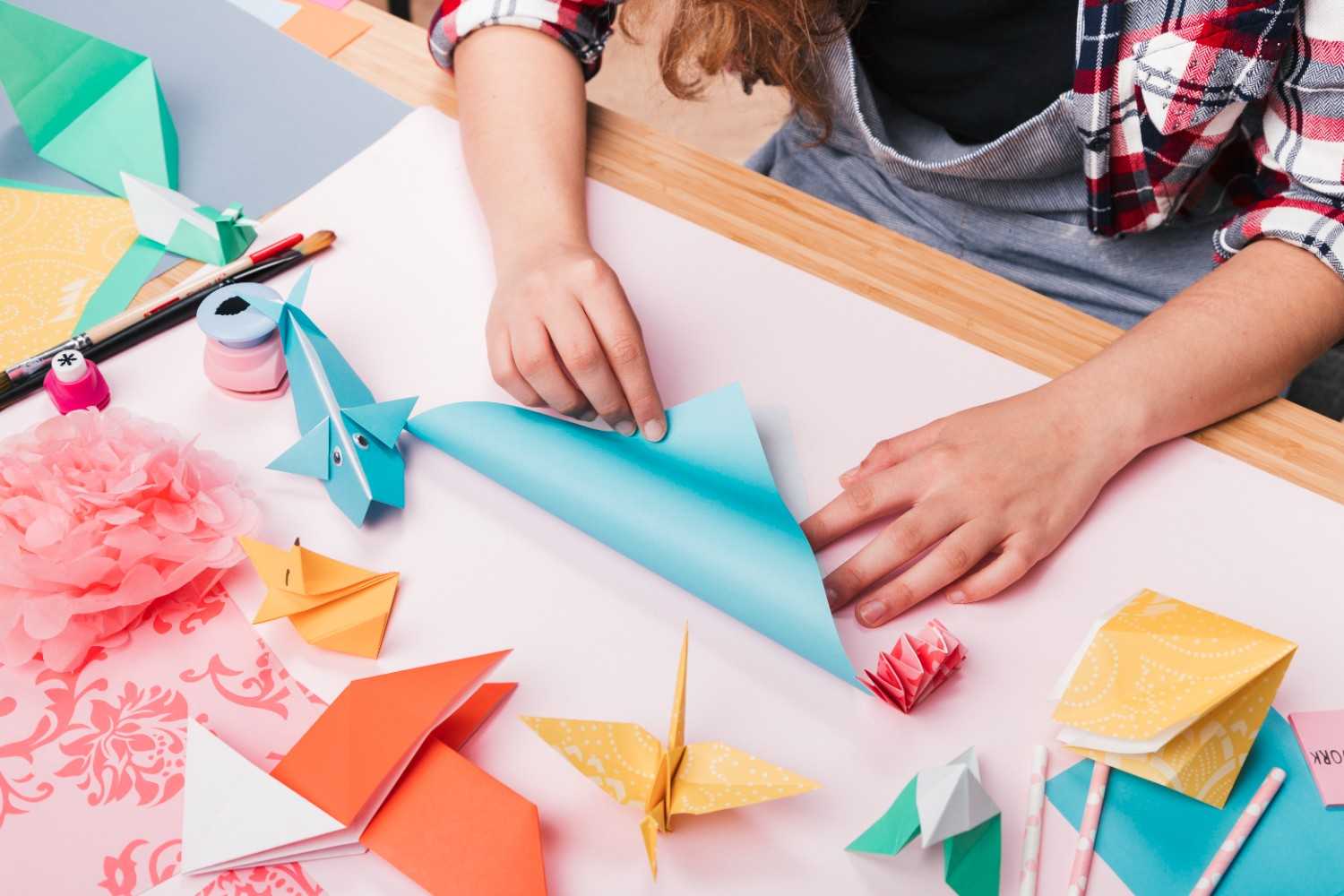
If you’ve ever watched a paper airplane float gracefully in circles before landing, that’s what the Stealth Glider is designed to do. It’s lightweight, with wide wings that generate lift even at low speeds.
Folding Tips
- Start with symmetry: Fold the paper lengthwise, then unfold.
- Form a light nose: Instead of folding multiple layers at the tip, keep it single-layered. This reduces weight up front.
- Create wide wings: Fold the sides so the wing surface area is as large as possible.
- Adjust the wingtips: Slightly bend them upward at the edges (a process called “dihedral angle”) for stability.
Flight Tip
Throw it straight up, not forward. It should rise, level out, and then slowly glide in wide circles.
Why It Works
This plane’s low wing load (light weight compared to surface area) lets it stay aloft longer. It trades speed for endurance, making it perfect for time-in-air competitions.
3. How to Make “Sonic Jet” for Top Speed
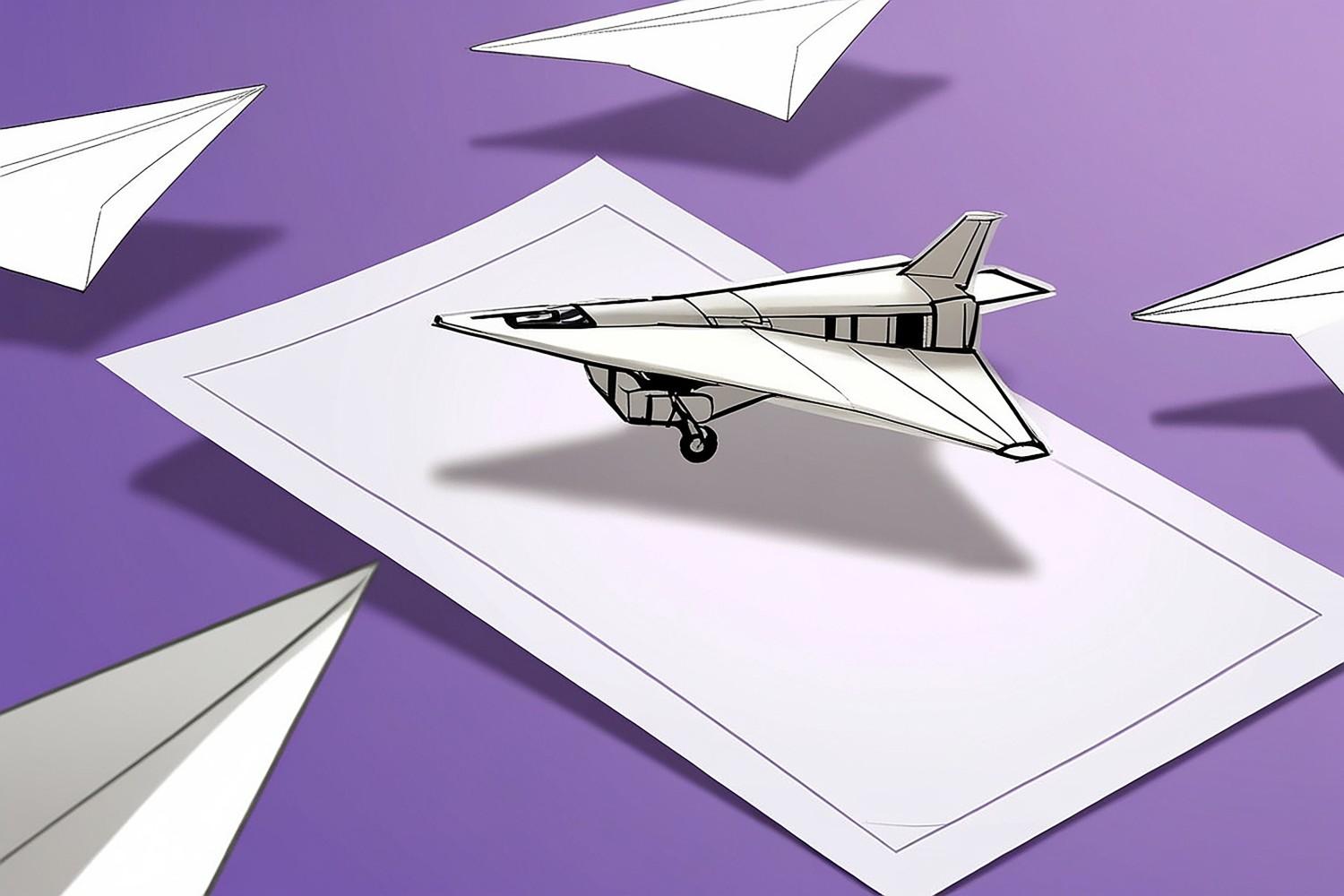
When you want raw velocity, nothing beats the Sonic Jet. With a narrow body and tight folds, it slices through the air like an arrow.
Folding Overview
- Start narrow: Fold the paper in half lengthwise and keep most folds tight along the center.
- Build a pointed nose: The sharper the tip, the less air resistance.
- Reinforce the body: Add one or two small folds along the center to thicken the middle, improving stability at high speeds.
- Lock the shape: A small piece of clear tape around the center can prevent unfolding mid-flight.
Flight Tip
Throw the Sonic Jet hard and straight, with a slight upward angle. Use your index finger at the back of the plane for extra push.
Why It Works
Its streamlined design and compact weight distribution minimize drag, allowing it to accelerate rapidly through the air.
Pro Tips for Making the Best Paper Airplane
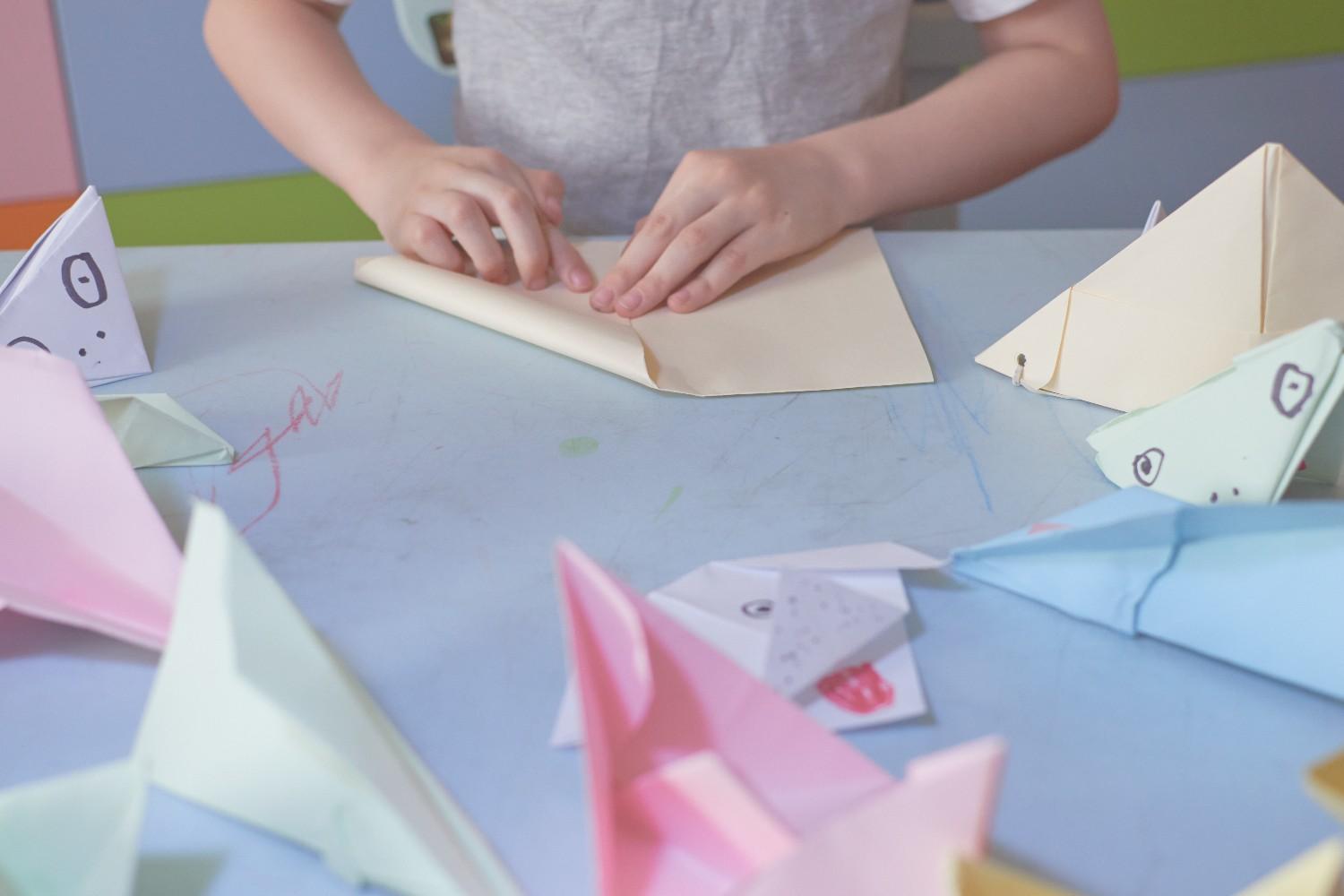
No matter which design you choose, a few universal principles can take your plane from average to extraordinary.
1. Focus on Symmetry
Fold carefully. Even a slight misalignment can ruin your plane’s balance. Hold both wings up to the light to make sure they’re even.
2. Make Sharp Creases
A dull fold increases air resistance. Use a ruler or the edge of a pen to press your folds sharply.
3. Use the Right Paper
- Standard printer paper (80–100 gsm): Best all-round option.
- Heavier paper: Flies straighter in windy conditions but may reduce glide time.
- Lightweight paper: Increases lift for gliders but may crumple easily.
4. Fine-Tune for Stability
- If it nosedives, gently bend the back edges of the wings upward.
- If it stalls and drops, bend them downward slightly.
Small tweaks can completely change your plane’s performance.
Expert Launching Techniques
Mastering how to make the best paper airplane is only half the battle—you also need the right throw.
- Distance throws: Stand with one foot forward, and flick your wrist gently as you release upward at 45°.
- Gliding throws: Aim high with moderate force, letting the plane catch air currents.
- Speed throws: Snap your arm forward sharply while keeping the nose slightly tilted up.
Test outdoors on calm days for consistent results, or in a large indoor hall for controlled conditions.
Common Mistakes to Avoid
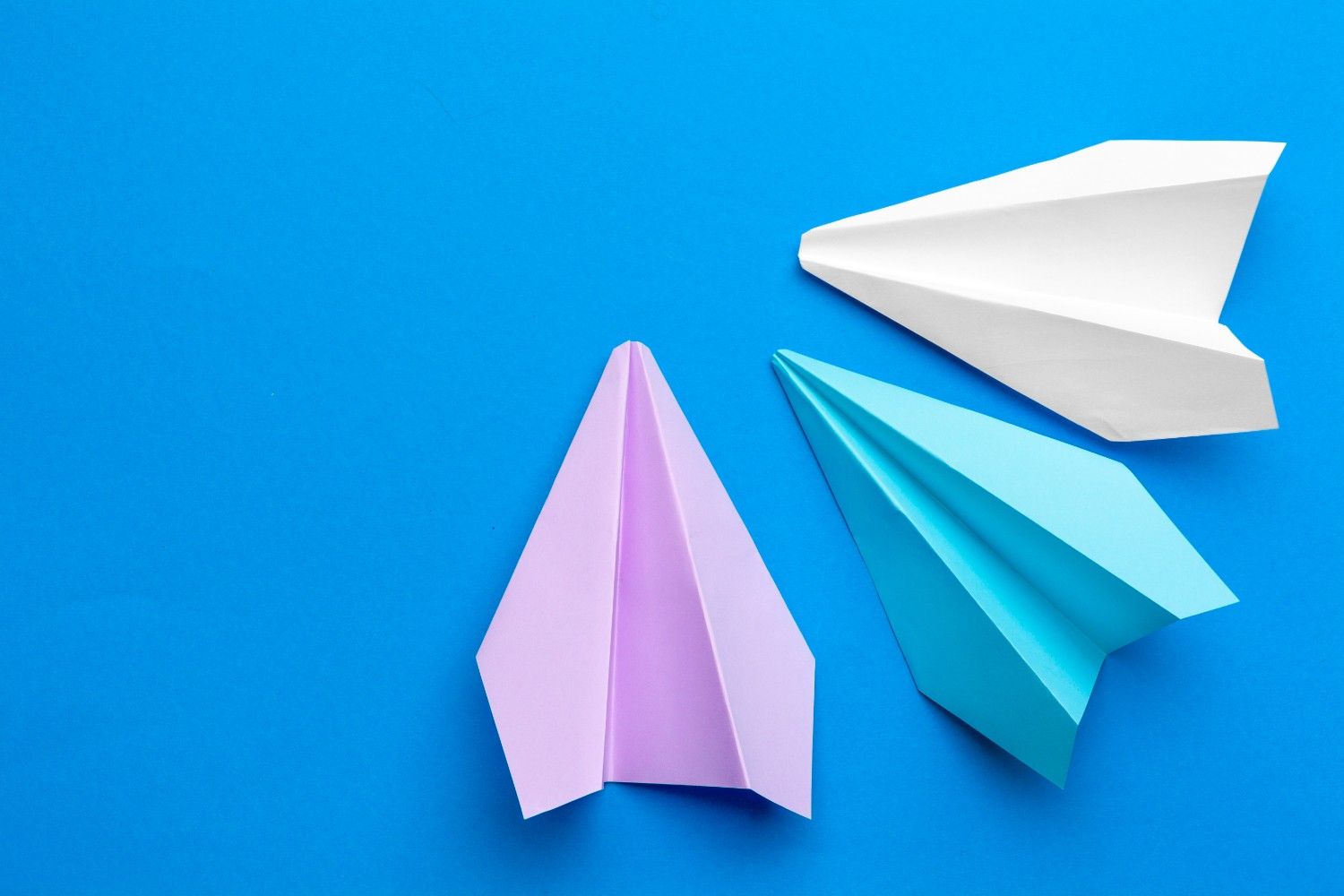
- Uneven wings: Even a millimeter difference can cause spirals.
- Too much tape: Adds unnecessary weight.
- Overthrowing: Using too much force warps the folds.
- Ignoring airflow: Throwing in gusty winds skews the flight path.
Patience and precision are key—paper airplanes are more about finesse than power.
FAQs
1. What type of paper works best for paper airplanes?
Standard A4 or letter-size printer paper (80–100 gsm) is ideal. It balances weight and stiffness, allowing both gliders and jets to perform well. Avoid wrinkled or glossy paper that interferes with airflow.
2. How can I make my paper airplane fly farther?
Ensure perfect symmetry and sharp creases, use The Bird design, and launch at a 45° angle with moderate strength. Minor adjustments to wing tips after a few test flights can also improve distance.
3. Why does my paper airplane keep crashing?
It’s likely nose-heavy or unevenly folded. Lightly bend the back edges of the wings upward and check that both wings are at the same angle. Crashes are usually caused by imbalance rather than bad throwing technique.
4. Can adding tape or paper clips improve performance?
Yes—but only in moderation. A small piece of tape can hold the body tight for the Sonic Jet. A paper clip at the nose can stabilize overly light planes, but it may reduce glide distance.
5. What’s the world record for the longest paper airplane flight?
As of recent records, the world’s longest distance flight was achieved by the plane “Suzanne,” designed by John Collins (The Paper Airplane Guy) and flown by Joe Ayoob. It flew 226 feet and 10 inches (69.14 meters)—a record still admired by enthusiasts.
Ready for Takeoff
Learning how to make the best paper airplane is equal parts science and art. Once you master the balance of symmetry, weight, and technique, you can craft planes that soar effortlessly across rooms or stay suspended in air for astonishing lengths of time.
Experiment with different papers, tweak your folds, and test your throws—it’s the best way to understand how subtle adjustments affect performance. With a bit of patience and precision, your next flight might just be record-worthy.

